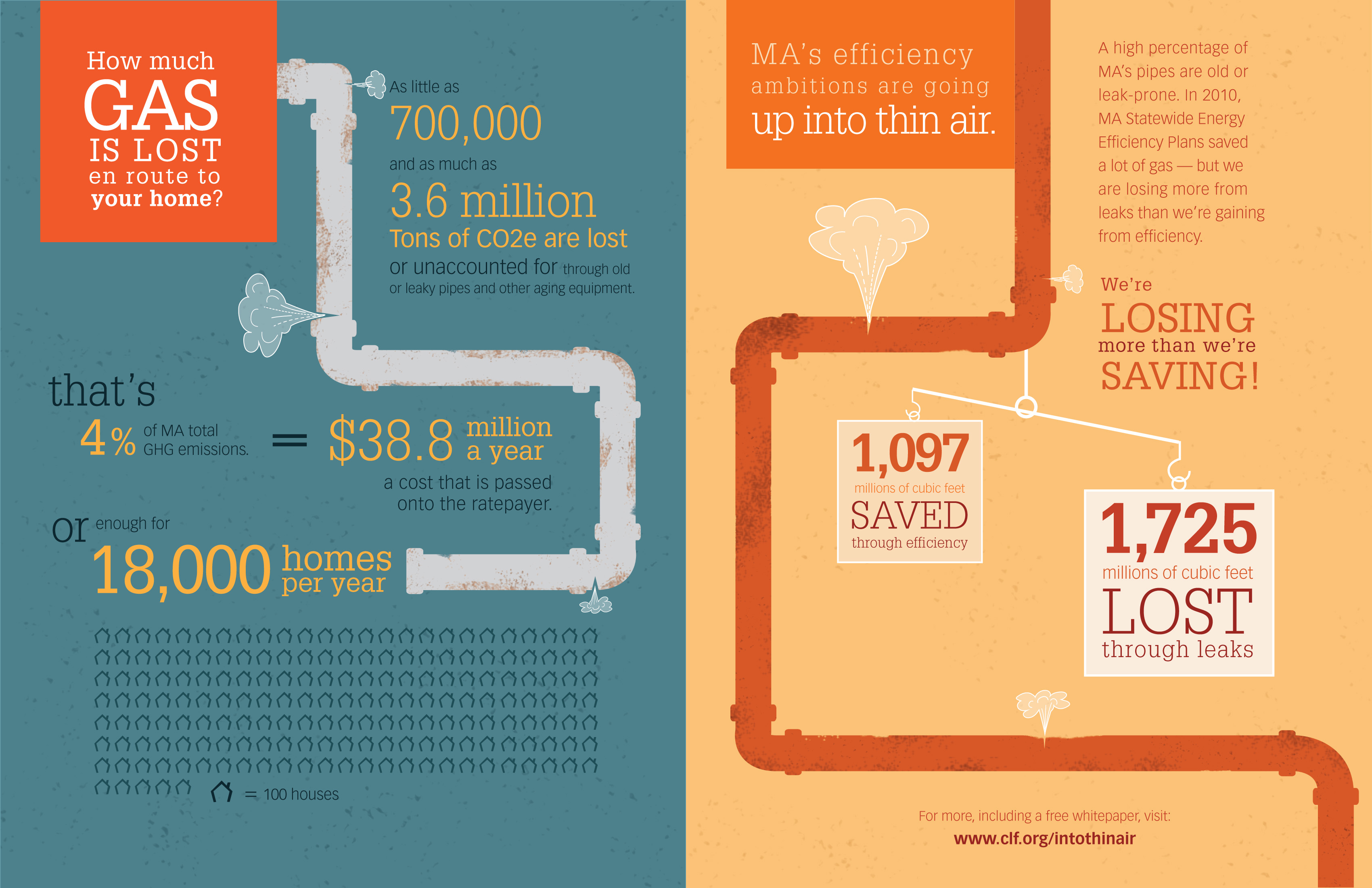Neglecting Roof Air Flow Can Incur High Expenses Out Of Commission; Understand The Fundamental Factors That Make Sure Correct Setup And Safeguard Your Economic Rate Of Interests
Neglecting Roof Air Flow Can Incur High Expenses Out Of Commission; Understand The Fundamental Factors That Make Sure Correct Setup And Safeguard Your Economic Rate Of Interests
Blog Article
https://stephenvpiat.blue-blogs.com/40440624/normal-roofing-setup-errors-and-tips-for-avoiding-them -Byrne Walls
When you're taking on a roof covering task, you might not believe much about roofing system ventilation, however it's even more crucial than you recognize. Effective air flow helps control temperature and wetness in your attic room, preventing issues like mold and architectural damage. By comprehending how to create and install a well balanced ventilation system, you can improve power performance and extend the life-span of your roof materials. So, what are the essential factors to take into consideration throughout installation that can make all the distinction?
Relevance of Roofing System Air Flow
Roof ventilation plays a vital function in maintaining the overall wellness of your home. By allowing fresh air to flow via your attic, it assists regulate temperature and wetness degrees. This balance is vital to stop warmth accumulation throughout hot months, which can result in increased energy expenses as your cooling works overtime.
In addition, proper ventilation substantially minimizes the risk of moisture-related problems like mold and mold. If humidity levels climb, your home's structural stability can be compromised, causing pricey repair services. You would not want to take care of rotting timber or deformed roofing products, right?
Additionally, ample ventilation extends the life-span of your roof. When visit this site and wetness are kept in check, your roofing system can carry out optimally, preventing premature damage. This means less frustrations and expenditures down the line.
How Roof Covering Air Flow Functions
Reliable roof air flow depends on the all-natural activity of air to produce an equilibrium in between consumption and exhaust. When you set up vents, you're basically allowing fresh air to enter your attic room while allowing hot, stagnant air to run away. This process assists manage temperature and wetness levels, protecting against problems like mold development and roofing damages.
Intake vents, normally located at the eaves, pull in cool air from outdoors. Meanwhile, exhaust vents, situated near the ridge of the roof, allow hot air increase and exit. The difference in temperature level creates a natural air movement, known as the stack effect. As cozy air rises, it creates a vacuum that pulls in cooler air from the lower vents.
To optimize this system, you need to make sure that the consumption and exhaust vents are appropriately sized and placed. If the consumption is limited, you won't achieve the desired air flow.
Likewise, not enough exhaust can trap warm and moisture, leading to possible damages.
Key Setup Considerations
When mounting roof air flow, numerous essential factors to consider can make or break your system's efficiency. Initially, you require to examine your roofing system's design. The pitch, shape, and products all influence air movement and air flow choice. See to it to pick vents that fit your roofing type and neighborhood environment problems.
Next, consider the positioning of your vents. Ideally, you'll desire a balanced system with consumption and exhaust vents positioned for ideal airflow. Place intake vents low on the roof covering and exhaust vents near the optimal to encourage a natural circulation of air. This setup assists prevent dampness accumulation and promotes power effectiveness.
Do not ignore insulation. Appropriate insulation in your attic stops warm from escaping and maintains your home comfortable. Ensure that insulation does not block your vents, as this can prevent air flow.
Lastly, consider upkeep. Pick air flow systems that are very easy to access for cleaning and assessment. Normal upkeep ensures your system remains to operate successfully over time.
Conclusion
To conclude, roofing ventilation is necessary for a successful installment. By making sure proper airflow, you can protect against warmth build-up and dampness problems that cause expensive damage. When you strategically setting consumption and exhaust vents, you enhance energy performance and lengthen the life expectancy of your roofing system. Keep in mind, a well-ventilated roofing not only protects your investment but also boosts your interior air high quality. So, prioritize air flow to ensure a resilient and cost-effective roofing system for your home.
